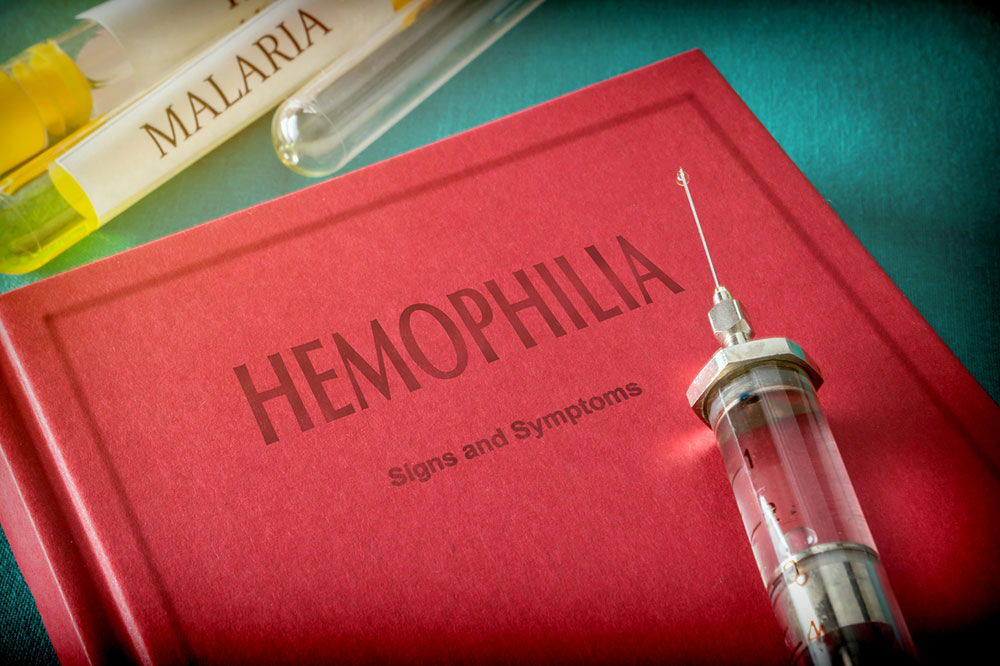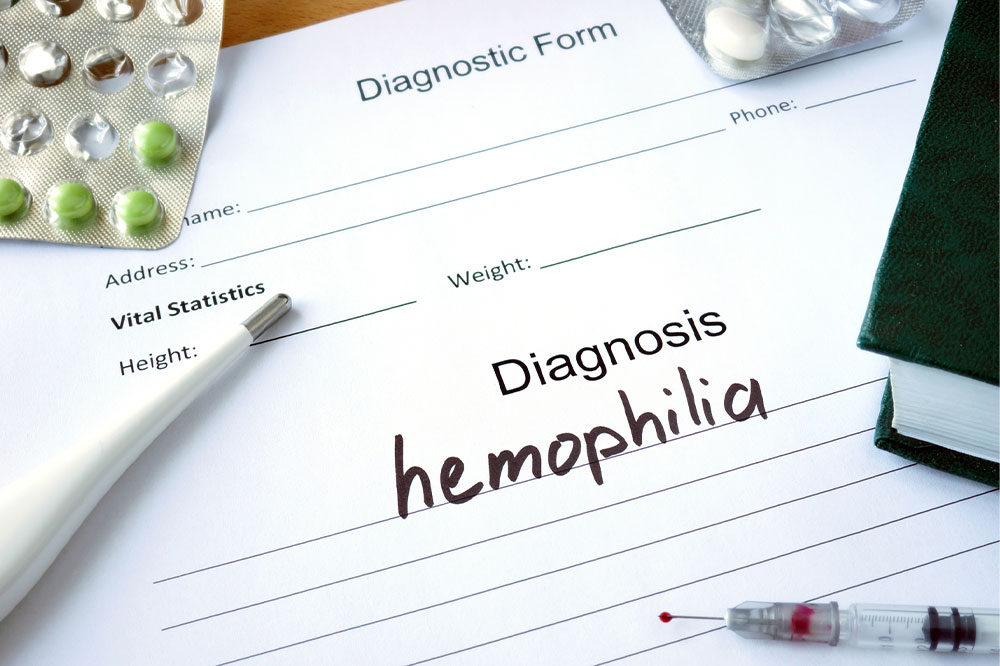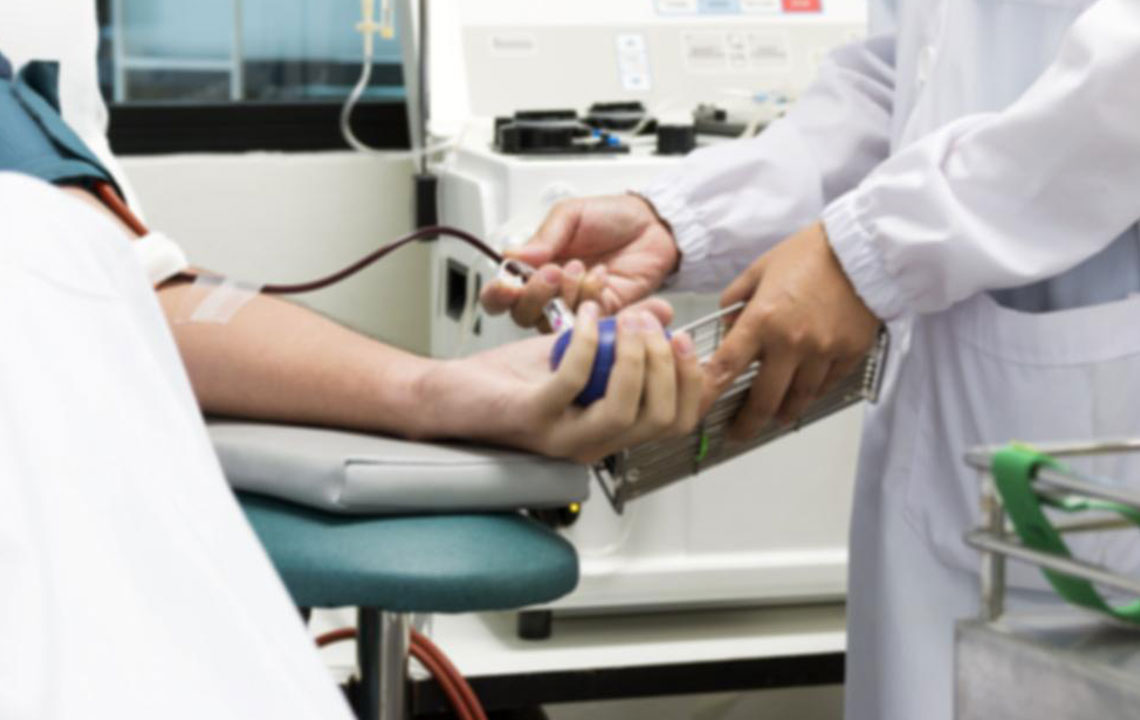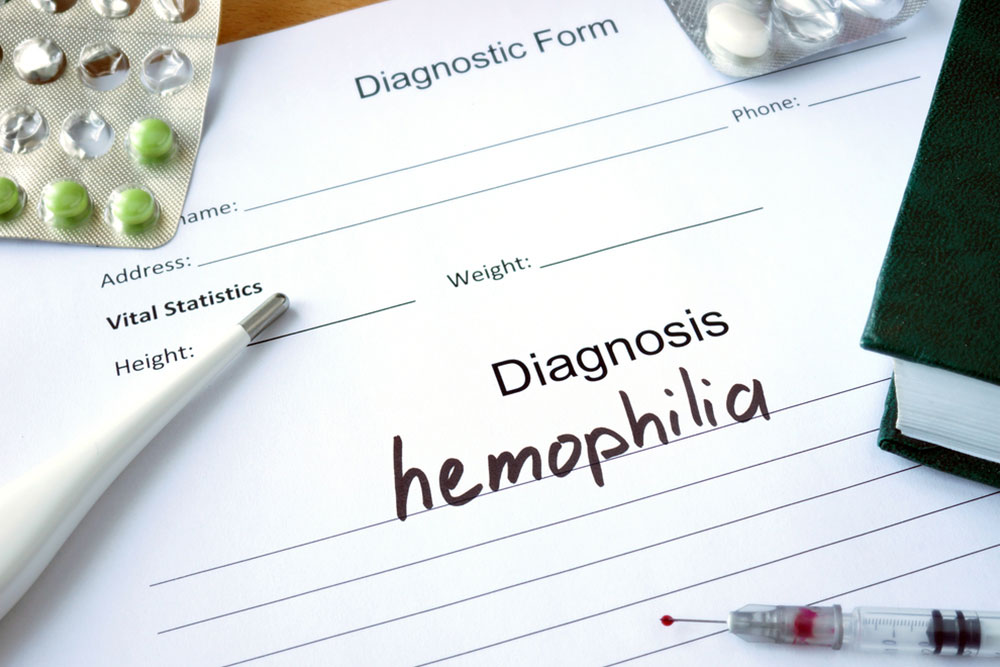Understanding Hemophilia: Symptoms and Types
Learn about hemophilia's symptoms and severity levels, including signs of mild, moderate, and severe cases. Early detection of bleeding tendencies can aid in timely management and treatment of this inherited disorder, which affects blood clotting. Understand the importance of medical intervention to prevent joint damage, spontaneous bleeding, and complications like brain hemorrhages. This comprehensive overview helps raise awareness and encourages proactive health checks for individuals at risk. Prompt diagnosis and proper care are crucial for improving quality of life for those with hemophilia.
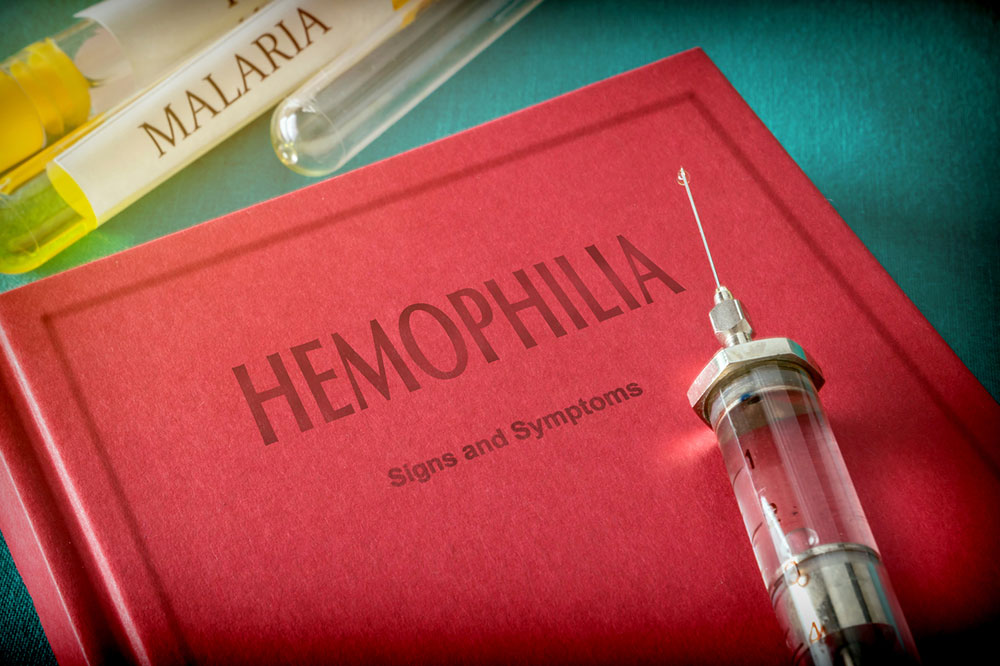
Recognizing the Signs of Hemophilia
Hemophilia is a genetic condition that hinders the blood's ability to clot effectively. Individuals with this disorder have reduced levels of clotting factors, essential proteins for stopping bleeding. The severity varies, with most cases inherited. This article explores the common symptoms and classifications of hemophilia to help with early identification and management.
Key Symptoms
The hallmark of hemophilia is extended bleeding episodes. Symptoms differ based on the disease's severity. Typically, hemophilia is categorized as mild, moderate, or severe, depending on clotting factor levels and clinical presentation.
Let's examine each type in detail:
Mild Hemophilia
Usually when clotting factors are between 5% and 50%, hemophilia is classified as mild. Children with this form may not show symptoms until later in life, often discovered after prolonged bleeding following injuries, surgeries, or dental procedures like tooth extractions.
Moderate Hemophilia
When clotting factors range from 1% to 5%, individuals tend to bruise easily and may experience internal bleeding, especially in joints. Initial symptoms might be mild or unnoticed, but over time, joint bleeding can cause pain, swelling, and warmth, primarily in ankles, knees, and elbows, potentially leading to joint damage.
Severe hemophilia occurs when clotting factors fall below 1%. This results in frequent internal bleeding episodes that can cause permanent joint deformities, requiring surgical intervention. Spontaneous bleeding, such as nosebleeds, gum bleeding, or muscle hemorrhages, is common. There is also a rare risk of brain hemorrhage, which, if it occurs, necessitates urgent medical attention. Symptoms include severe headaches, neck stiffness, confusion, vision issues, and balance problems.
Note:
The information here is intended for general understanding. While it offers valuable insights, it should not replace professional medical advice. Hemophilia requires proper diagnosis and treatment by healthcare specialists. The site disclaims responsibility for inaccuracies or missing information, especially in relation to external resources or offers.


